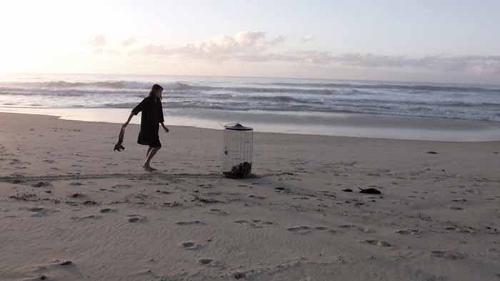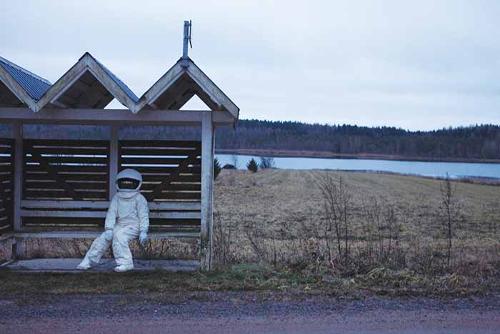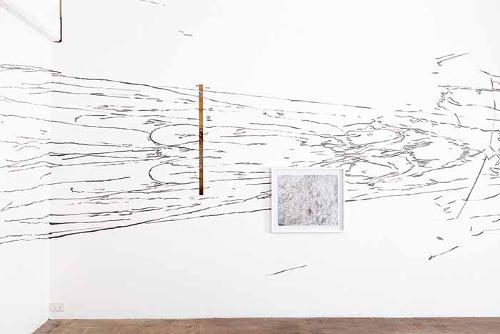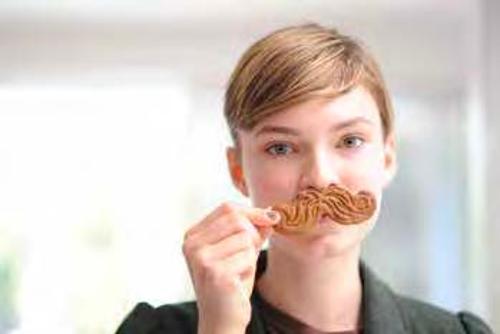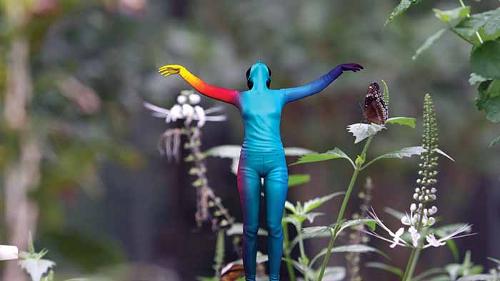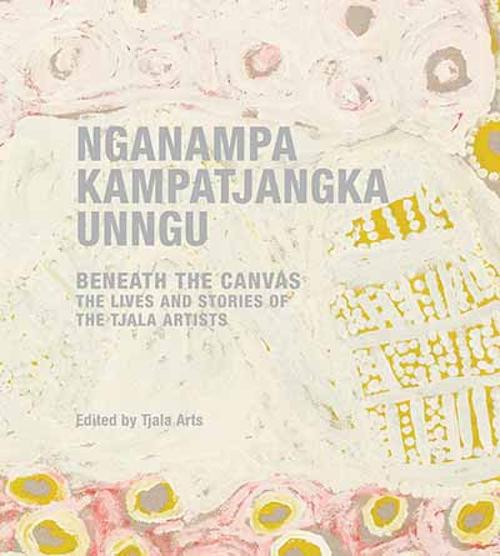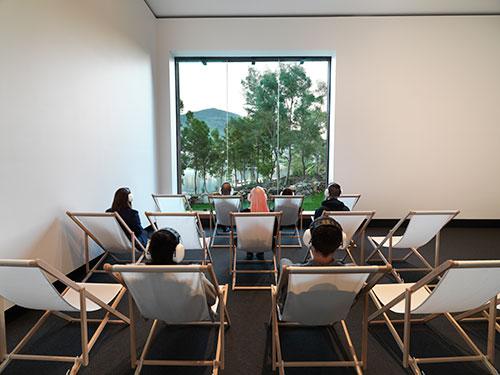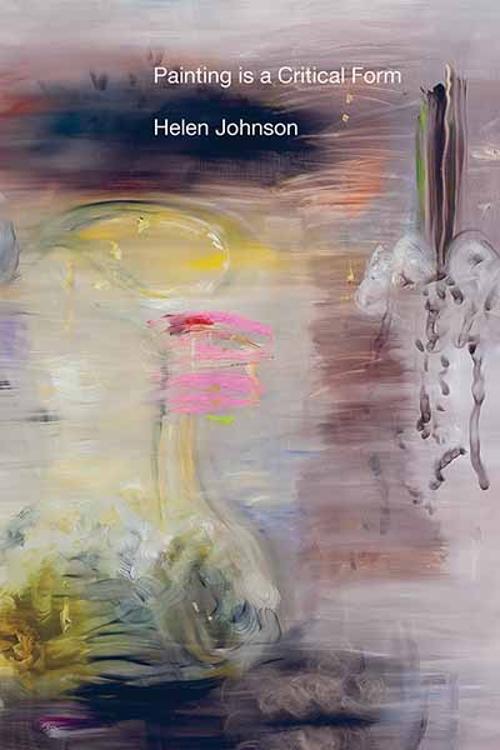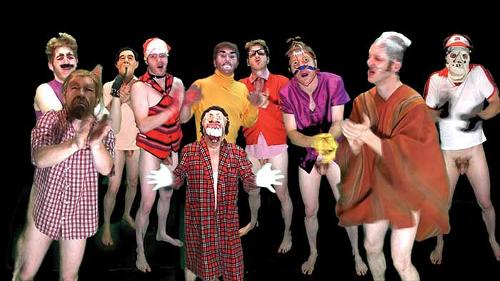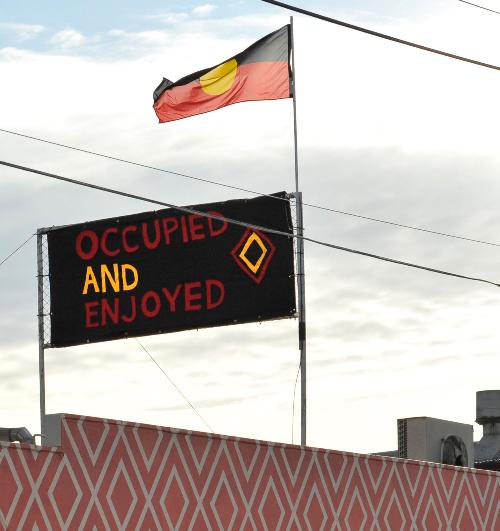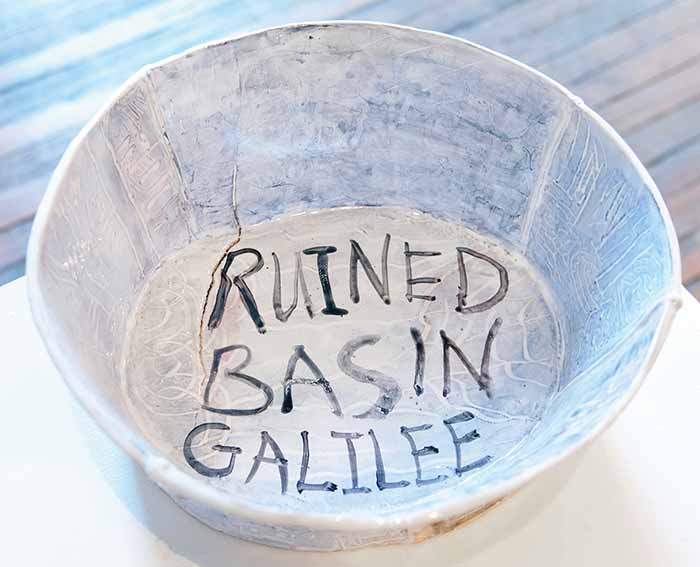
Recent archaeological evidence has revealed that humans were making clay vessels during the late Paleolithic period (16,000 years BCE). That's a long time to be playing with mud pies, dragging form from the elemental. Riding on the continued interest in the fictions of expressivity, ceramics has once again become du jour.
Turn Turn Turn is curator Glenn Barkley’s best production to date. He has embraced the subject with gusto, tempering his "everything plus the kitchen sink“ display aesthetic to powerful effect. Entering the gallery, there is a dramatic juxtaposition of refined orientalist appropriation, represented by a selection of Peter Rushforth vessels set against a vast array of wall plaques, plates and dishes by Stephen Bird. Just as mannered a homage to historical contexts and attitudes to materials, form and function, Bird’s pieces are highly coloured, many decorated with diaristic text in a faux-naïf popist kitsch style. The interweaving of reverential homage (to History, Technique, Teachers) and the development of reactive individualistic styles is one of the key energies operating in the exhibition. This is enhanced by the use of ceramic studio benches and drying racks as display mounts to lend a sense of the immediacy and dynamism of production while providing a unique framing device for the many works in the show.
It was a joy to see Joan Grounds’ hilariously bravura Unknown title (package) (c. 1973) near the monastic restraint of Bronze Still Life with Beaker by Gwyn Hanssen Pigott. As one might expect nature, the landscape, is a leitmotif in the exhibition from the tenuous intuitive response present in the work of Holly Macdonald to the assured finish of Sarah O’Sullivan’s Gymeah Lily and Budding Waratah. Katherine Wertheim’s Saggar-fired bowl and Simone Fraser’s Landscape Series adopt a more nuanced set of reference points, the latter continuing to develop her extraordinary painterly language. Alexandra Standen’s Blue is a gloriously nervous slightly dumpy porcelain form, precious in spite of itself. Meanwhile, Toni Warburton throws everything on its head reminding us once again that the personal is political with Ruined Basin Galilee.
Many forget that it was the domestic craft revival of the 1960s and early 1970s that was the petri dish for what we now call Australian contemporary art. In technical schools (pre TAFE) around the country short courses in pottery, ikebana, printmaking and woodworking brought a new understanding of the value of the handmade, and of the positive role that fostering creativity can play in the development of the individual and the community. In New South Wales at least, many of those long under-sung tech teachers learnt their skills at the East Sydney Technical School (now the National Art School). Featuring the work of over 100 artists Turn Turn Turn finally reveals, in no uncertain terms, the prodigious creativity of graduates and teachers from the Ceramics Department. Forget the naff title - this is an important exhibition, a great visitor experience.

